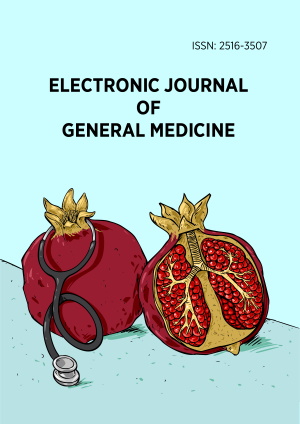Abstract
Fragmented service delivery across behavioral health, physical health, and justice systems often leads to poor outcomes for individuals with serious mental illness. This case study describes a community mental health (CMH) program in the southwest region of State of Michigan–implemented an integrated assisted outpatient treatment (AOT) model supported by a four-year substance abuse and mental health services administration grant. The multidisciplinary team provided intensive case management, psychiatric services, peer support, and health care advocacy to individuals under AOT court orders, prioritizing those with high service utilization. Standardized tools, including the brief psychiatric rating scale, patient health questionnaire-9, and generalized anxiety disorder-7, were used to assess clinical outcomes, while social determinants of health (SDOH) such as housing, food security, transportation and social connectedness were incorporated into treatment planning. Results showed substantial improvements: psychiatric inpatient days decreased by 81.5% (from 768 to 142 days), arrests dropped to zero (from 12 at baseline; 100% reduction), 82.6% of participants (n = 38/N = 46) maintained stable housing, and 89.5% (n = 41/46) adhered to medication adherence protocols. The program fostered formal partnerships with legal and healthcare entities to improve cross-sector coordination and continuity of care. Although the findings of this study are promising, the descriptive case study design necessitates cautious interpretation, as conclusions must be considered within the inherent limitations of the methodology. These findings support the value of integrated, SDOH-informed care models in reducing high-cost service use and improving outcomes for individuals with complex behavioral health needs. Future efforts should enhance data collection, family engagement, and quality-of-life measurement to further strengthen system impact.
License
This is an open access article distributed under the Creative Commons Attribution License which permits unrestricted use, distribution, and reproduction in any medium, provided the original work is properly cited.
Article Type: Case Report
ELECTRON J GEN MED, Volume 22, Issue 6, December 2025, Article No: em704
https://doi.org/10.29333/ejgm/17440
Publication date: 19 Nov 2025
Article Views: 254
Article Downloads: 306
Open Access References How to cite this article
 Full Text (PDF)
Full Text (PDF)